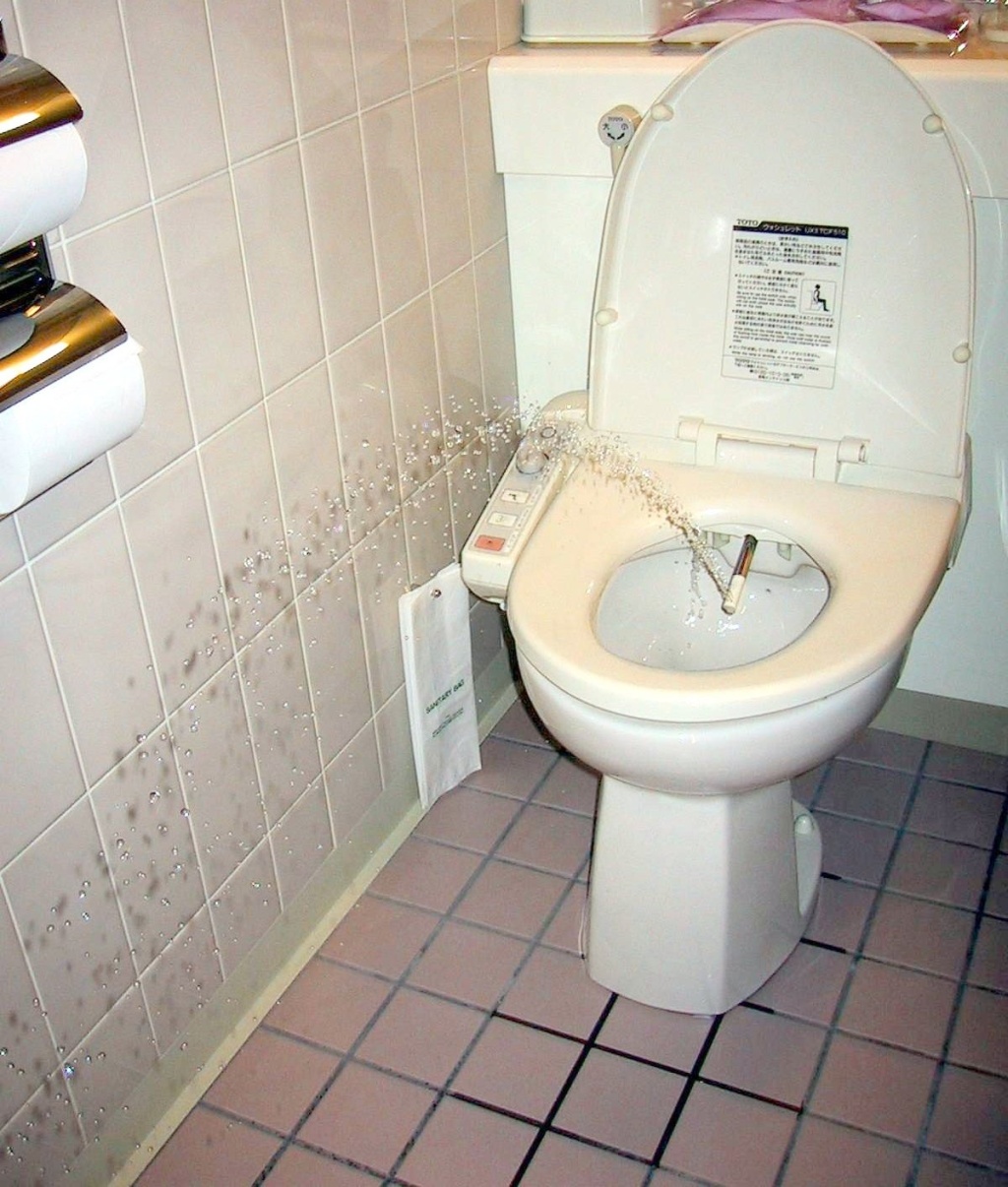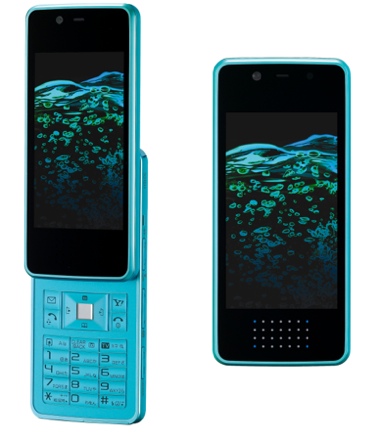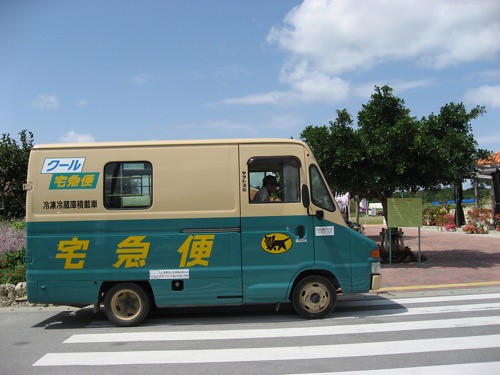How To's #7: Lose weight in Japan

It is a pretty commonly known that many people lose weight whilst in Japan. If you were raised in a fat country such America, you will spend the first 3 months or so hungry. ALL THE TIME! I shall elaborate.
Before, Due to a couple of Judo related injuries I was on crutches for a total of 13 months over a course of 2 years. What does that result in? Massive weight gain! Especially when your staple food in Lengua Super burritos....::drool:: (by the way; Lengua is beef tongue). My heaviest point was 162lbs, and I am 5'6". I was noticeably fatter, since my body likes to store all of it in my face. (good bye jawline)
Now that I have lived in Japan for approximately 15 months, I have lost approximately 24lbs total. This is not counting the 10 lbs I lost before I came to Japan. I set a goal for myself, and had a lifestyle change. For those looking for a quick cheat to lose weight, I'm sorry you won't find the answer here. When it comes right down to it, its healthy eating, exercise, and building good habits. The following is small changes I have made, that can be implemented to those not in Japan. They are in order of what I believe really was most effective.
LOSING WEIGHT Factors!:
- Walking: believe it or not, it makes a huge difference! In Japan, you walk EVERYWHERE. In order to do anything you must walk. My legs were sore for the first month. Ever heard of "10,000 steps a day"? Use a pedometer to keep track. It's great because it feels like a video game. You want to get a higher score so you opt to take the stairs. In fact, small options like that burn a good amount of calories compared to walking. In Japan, when I felt my score was low, I wandered in a nearby shopping street for about 15 minutes. 15 minutes there and than 15 minutes back equals about a third of how much I need for the day. After a while I didn't need it anymore.
- Portion Size: It is noticeably different in Japan. I would say about 20% to 40% less, depending on the type of meal. Everyone jokes about it, but after 15 months...I realize that how much I overate in the past. Like I said before, I was hungry ALL THE TIME for the first 3 months. What changed?...my stomach size. It shrank by half within 8 months. My unit of measurement was a burrito. I use to be able to finish an enormous 11 inch super burrito. Now, if I attempt to eat half, I am on the verge of death. It doesn't matter what you eat as long as you control your portions!
- Calorie Counting: It depends on each person, but we all burn about 1600 to 2200 calories per day. You can go here to find yours. There are forms of dieting where you keep a log of your daily intake. It is very effective I hear, but I was too lazy. However, I did keep a mental log. Japan makes calorie counting so much easier! Many of the restaurants let you know the amount of calories, as well as grams of fat, in your meal. You'd be surprised to find that some salads have almost the same calories as sandwiches. In either case, keep concisous and make healthier choices.
There are many other contributers, such as: green tea, less greasy methods of cooking, and no fridge or cupboard to raid. When comes right down it is a LIFESTYLE CHANGE. I just used my stay in Japan to push off of. I plan to continue my healthy habits upon my return, and maintain the my weight. I am now at my normal weight, absent of injuries and crutches.
Also, I have decided to only eat burritos once a month. And opt for the "sourcream, guacaomole, and excess everything" -less options.(this is just a personal choice, burritos are my weakness)
MAKE HEALTHIER CHOICES AND EXERCISE!
Good luck to all. Additionally, I will post before and after photos of my weightloss journey.




















